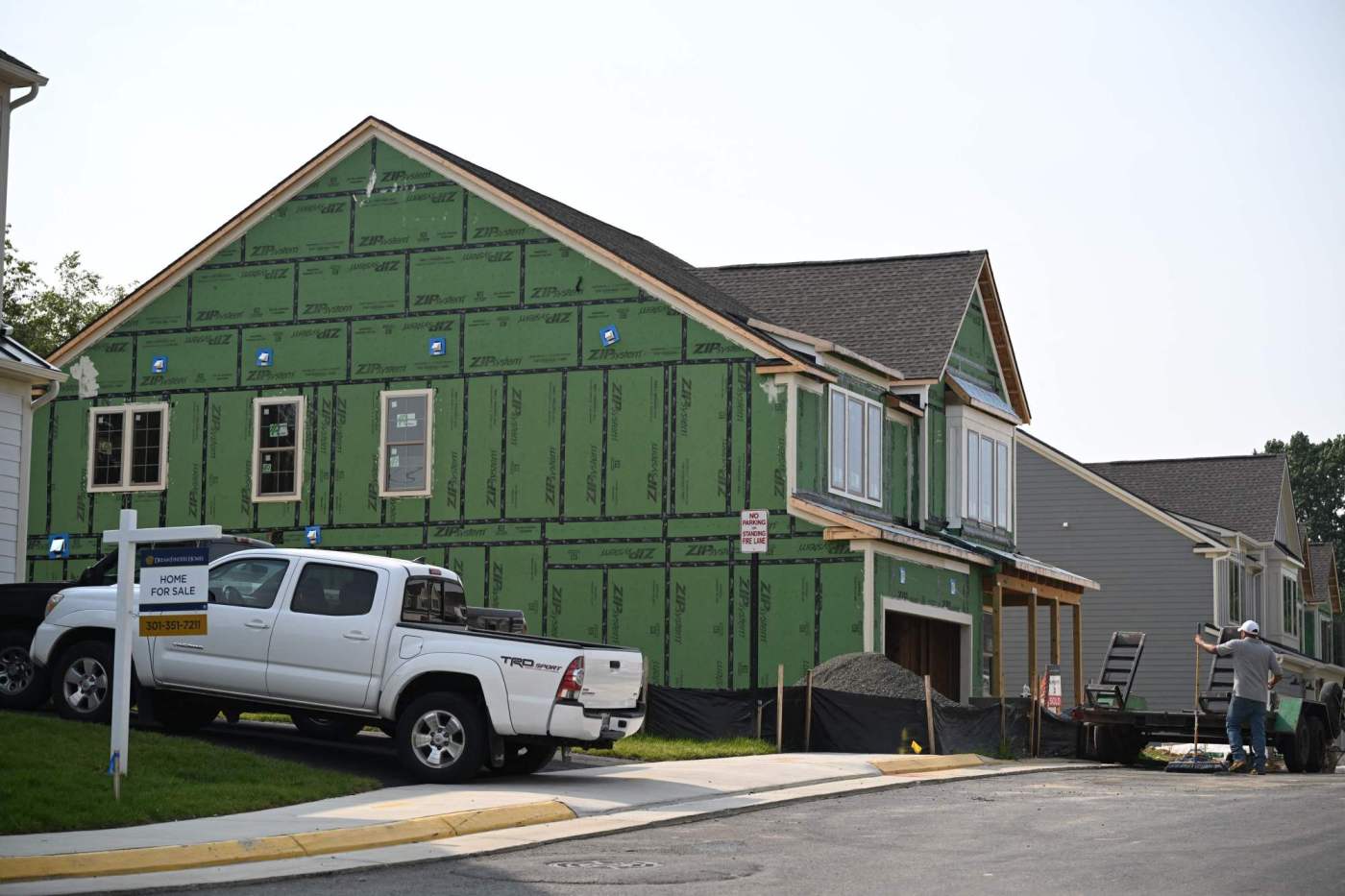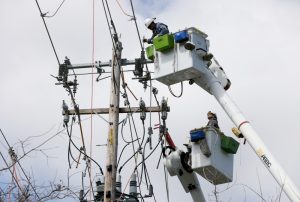By Elizabeth Renter | NerdWallet
Let’s cut right to the chase: 2024 will not be an easy year for the nation’s home buyers. The shortage of available homes will continue, which will hold prices aloft. And though mortgage rates may come down a bit throughout the year, they’ll continue to play a major role in affordability for buyers who need a home loan.
The pandemic disrupted many things, not the least of which was the housing market. The seasonal fluctuations we’d generally expect in housing prices and inventory were upended in 2020 and 2021. And while 2023 data indicates a return to more typical seasonal patterns, that certainly doesn’t mean smooth sailing for buyers.
Historic seasonal trends reveal what constitutes a typical homebuying season. A look at the past six years of housing market data from Realtor.com tells the story of disruption and the beginnings of recovery. We can expect some of these seasonal fluctuations to continue to normalize in 2024 — with inventory rising in warmer months, for example. However, the imbalance between housing supply and demand paired with higher relative rates will continue to make things feel abnormal.
A note on the dark horse of the 2024 homebuying season: The National Association of Realtors recently agreed to a settlement that will change how and by whom buyers’ agents are paid. While it isn’t entirely clear how much of an impact this change will have, it will make the already complex process of buying a home even more complicated.
Homes available for sale will increase
In a typical year, the number of homes listed for sale begins increasing in spring, as the weather warms, peaking in late summer to early fall before declining as the weather gets colder. In 2020, however, we entered lockdowns as this initial climb would typically begin, and the pandemic continued to suppress inventory throughout the year. While 2021’s seasonality did reflect a more traditional pattern, the number of available homes was about half the number listed before the pandemic.
As the market started to recover from extreme scarcity, both 2022 and 2023 saw inventory climb throughout the year with a minimal dip in the winter. December 2023 ended with about 714,000 available homes for sale, compared with 445,000 just two years earlier.
What 2024 buyers can expect: Inventory is likely to rise this spring and throughout the summer, on schedule with traditional seasonal trends. Barring any unforeseen economic shocks, buyers hoping to enter the market when the number of available homes is at its highest would do well to target late summer or early fall. However, inventory levels will remain depressed, and as listings increase, so too will competition.
The number of homes available for sale is in a deep hole. Even if inventory rises 20% this year — roughly the difference between the high point and the low of 2019 — there would still be hundreds of thousands fewer homes on the market than there were before the pandemic.
Prices will remain high, rising with warmer temps
A typical year has home sale prices starting low and rising as the weather warms. They peak around midyear before declining gently, ending the year higher than they began but lower than the summer peak. However, in 2020 and 2021, prices continued marching upward through the end of the year. And though both 2022 and 2023 showed a return to seasonal patterns, price levels were high.
In December 2023, the national median sales price among existing homes was $339,000 according to the Realtor.com data, up 31% from December 2019.
What 2024 buyers can expect: Prices are likely to rise more as we enter homebuying season, peaking in summer. The rapid ascent over the past several years is unlikely to be undone, largely due to the lack of available homes. The supply of homes can’t meet the demand of buyers, so sellers can command a higher price.
Homebuying season is on: Sales will rise
Despite high prices and low inventory, buyers still went to the mat after the initial pandemic shutdowns ended. It wasn’t until higher mortgage rates began exerting additional pressure that sales volume began falling. December 2023 capped off the lowest volume of existing home sales in a given year since 1995. Still, the seasonal patterns were steadfast: home sales rose into midyear before subsiding as the year ended.
Mortgage rates peaked in late 2023 after a long run of increases. While they’re still high relative to the past 10 years, they’re unlikely to rise much and will instead slightly decrease as the year progresses. Initially, as these rates climbed, buyers sheltered by more than a decade of low rates balked. But now buyers are likely accustomed to the idea that rates won’t reach 3% again anytime soon, meaning more will be willing to enter the market as listings increase.
What it means for 2024 buyers: Competition will be high this homebuying season. Even with rates at or above 6%, an influx of buyers lured by the seasonal increase in listings and acclimation to higher rates could mean a return to homes receiving numerous offers and selling well above the listing price.
Your 2024 homebuying strategy
Buyers this year should be ready for what they’ll face and prepare.
1. Go in with a plan. Set a careful budget, not only based on the home price but also on the mortgage rates you might encounter when it’s time to get financing. With rates around 6%, you can expect interest to add at least a few hundred dollars to your monthly payment on a typically priced home. Also, keep tabs on the evolving NAR settlement and what it means for the additional point of negotiations — agent compensation — that will come up during the buying process.
Related Articles
Jill On Money: Last minute tax tips
How to make sure you have enough auto insurance coverage
How to get student loan forgiveness in 2024
To retain workers, consider paying them more often
Vets fret as private equity snaps up clinics, pet care companies
2. Learn your market. What is happening around the country, on average, may differ substantially in the neighborhood you would like to buy a house in. You could be pleasantly surprised if the average price is less than the national average, but the opposite is true, too. Reach out to a local real estate agent or two to get the lay of the land. Ask how much homes are selling for in your area, how many offers they’re typically getting, and whether your budget is realistic given the type of house you hope to get.
3. Be willing to compromise. When making your house wish list, not everything can be a must-have. Know what you’re willing to compromise on beforehand. With a lack of homes for sale, there’s a good chance you won’t find your dream house on a budget. If you’re willing to let go of the extra bedroom, expansive backyard or finished basement, you stand a better chance.
4. Know when to admit defeat. Deciding now isn’t the time to buy doesn’t mean forgoing homebuying forever. If the options available to you would stretch your monthly budget too thin or leave you in a home you’re unhappy with, waiting can be a strategic move. Use the extra time to continue building your down payment fund, so that when the right house comes along, you’re ready to make a competitive offer.
More From NerdWallet
April Mortgage Rates Will Be Stuck in Neutral as Inflation Idles
What the Big Realtors Settlement Means for Home Buyers and Sellers
Q4 Data: Home Buyers Chilled by High Prices and Rates
The article Homebuying Season: What Recent Data Suggests for 2024 originally appeared on NerdWallet.












